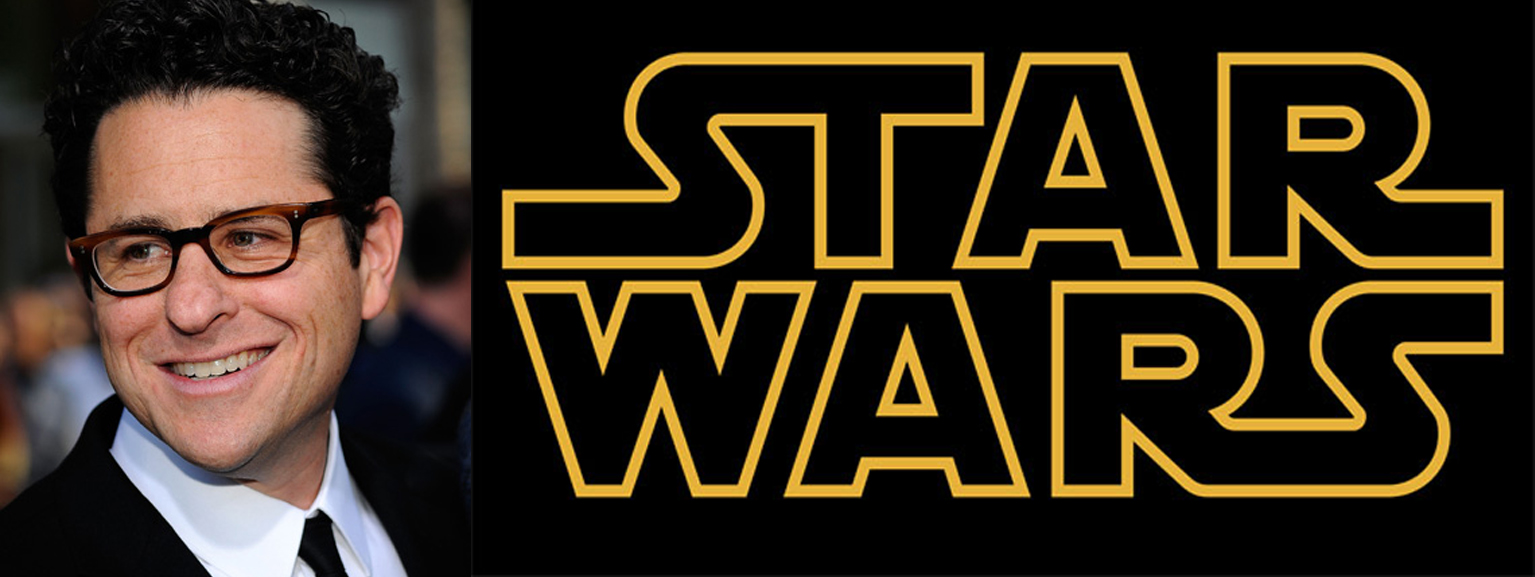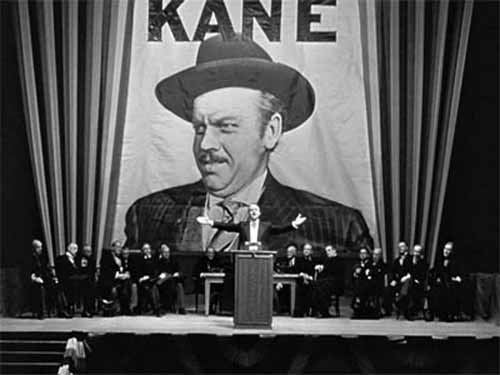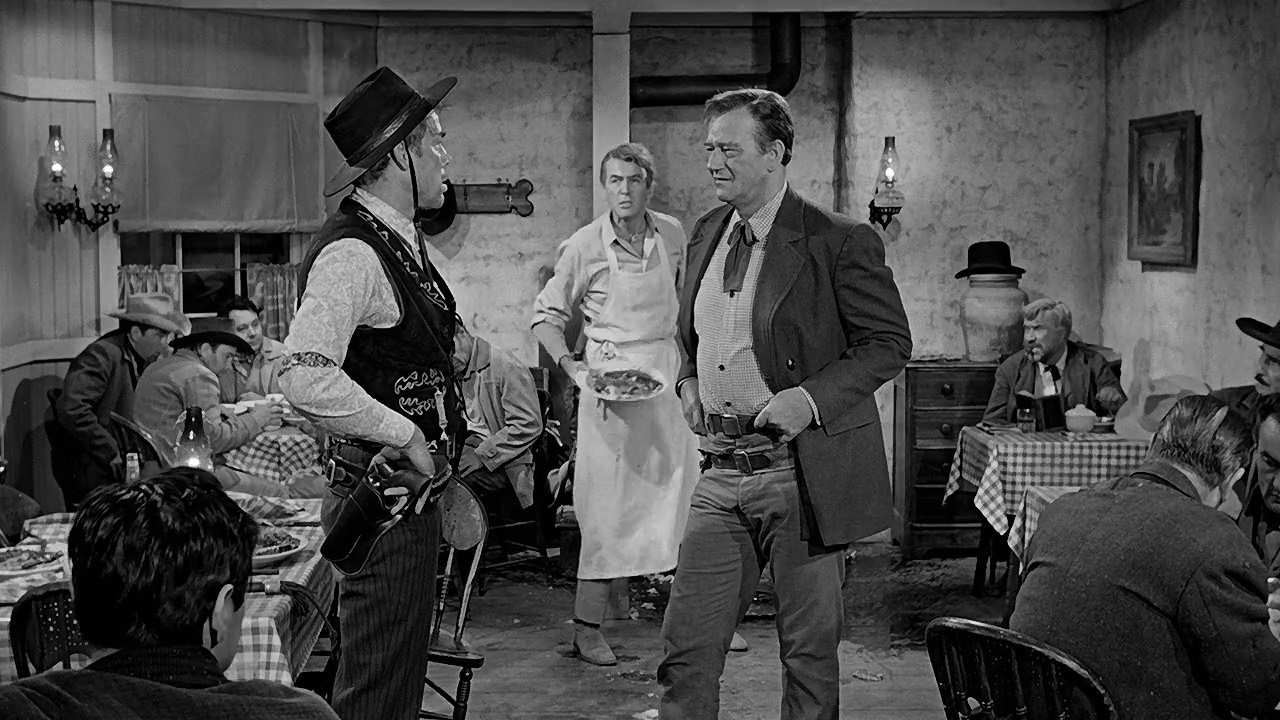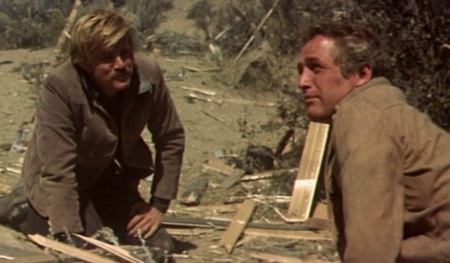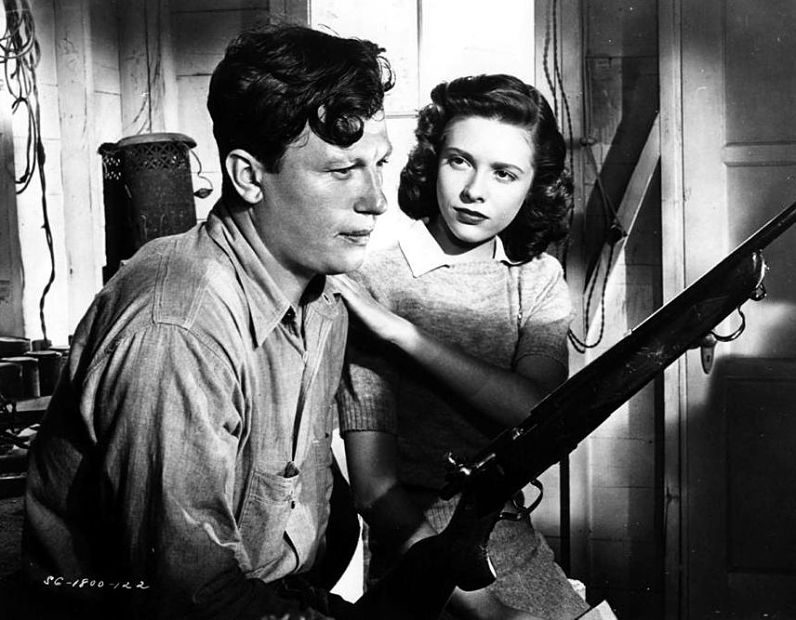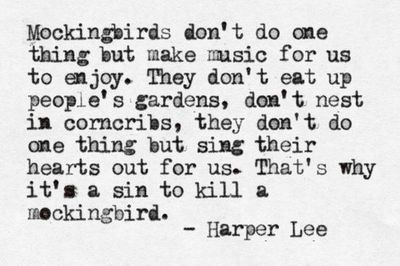The first film I will be showcasing as a part of my "10 Great Screenplays" series is 1954's
On the Waterfront. It is probably more well-known for containing an outstanding performance from Mr. Godfather himself, Marlon Brando. In a famous scene with Rod Steiger, who plays his character's brother, Brando complains, saying he "coulda had class" (Schulberg--
On the Waterfront). Don't fear, Marlon, you certainly had class in that performance as ex-boxer turned longshoreman, Terry Malloy.
 |
| Why don't you believe me? Ya got class, Brando. Don't make me fire this gun. |
With the little tribute to great acting out of the way, let's get on to the important stuff--great writing. In writing
On the Waterfront, Budd Schulberg pulled a wonderfully moving story out of his Hollywood brat hat and earned himself an Academy Award to boot. The dialogue is sharp and crisp, crackling off the page. Yes, I said page, because I'm addressing the screenplay, not the actual finished film.
Anyway, thanks to that, the characters' unique qualities stand out and there is absolutely no difficulty in differentiating their voices. Each of them has something important to say, at least in their eyes. "Johnny Friendly" thinks he has to stomp on everyone and everything in order to keep his corrupt organization under his heavy-handed control. He built it up from the ground and isn't about to let it go. Everyone who is affected by him, hates him, and he's completely okay with that as long as they listen to him.
One of his closest associates, Terry Malloy, a second cousin of Johnny's and an ex-boxer, is unwittingly made an accomplice to the murder of Joey Doyle, who was about to spill all he knew about the "Friendly" gang in court. His boxing days have made him a tad slow in the head, but he feels wronged and perhaps for the first time in his life, Terry's conscience is starting to nag him. Then, through various circumstances, he meets Joey's sister, Edie, who is back from college. He is immediately attracted to her and perhaps feels as though he can finally be "somebody" with her support.
 |
| The lovely Eva Marie Saint as Edie Doyle. |
She is confused by Terry. She knows he is in with "Mr. Friendly," his older brother, Charley (a snappy dresser with an air of confidence) is Friendly's right hand man. As a result, Edie drives at him, hoping he will give any kind of information leading to the apprehension of her brother's killers. Also, she hopes it isn't him, that he has nothing to do with it. She's fallen in love with the rough longshoreman and wants to build a life with him.
Of course, any character summary of On the Waterfront would be massively incomplete without Father Barry. He is a charismatic go-getter of an Irish Catholic priest. At first, he tries to help in the traditional means, offering his church as a safe haven to the longshoreman afflicted by the "Friendly" disease. That's when Edie lashes out at him with some harsh words and when his church is attacked by the bad guys. He sees the light. He'll do whatever it takes, even do things not normally characteristic of priests, to nail the oppressors of the waterfront. It is his heavenly duty.
All of these elements beautifully come in conflict throughout the story and make for one powerfully written film.
Interestingly enough, Budd Schulberg based his screenplay on a series of articles written in 1949 for the New York Sun by Malcolm Johnson called Crime on the Waterfront, which won a Pulitzer Prize for Local Reporting. Also, he decided to head off to the waterfront location where the events reported took place and talk to some of the people involved. Anthony DiVincenzo, who Terry Malloy is partially based on, decided to sue Columbia Pictures later on for what he felt was a worthwhile compensation. If Marlon Brando played a character resembling myself, then I'd want some money, too.
In conclusion, it's safe to say that after reading the screenplay (in this case, the only thing available was the shooting script) for On the Waterfront, I learned a few things about top-quality screenwriting. Solid, distinguishable characters are required who possess equally distinguishable dramatic needs. They want something and are willing to pursue it all the way. On top of that, change and growth are necessary components for creating a memorable protagonist; an arc. And last but not least, there must be conflict. Where there's a need, there needs to be an obstacle. It can be a character, a thing, or even an internal idea as long as it makes life tough for the characters. Most importantly, the conflict has to be real, organic. Schulberg gave the conflict in On the Waterfront meaning and power. It was not conflict for the sake of conflict.
The difficult part here, especially for myself, is to sort out these elements and make them work in my own writing.
Anyway, I hope you enjoyed the post, though it may have gotten convoluted at times. Feel free to like, share, and comment.
